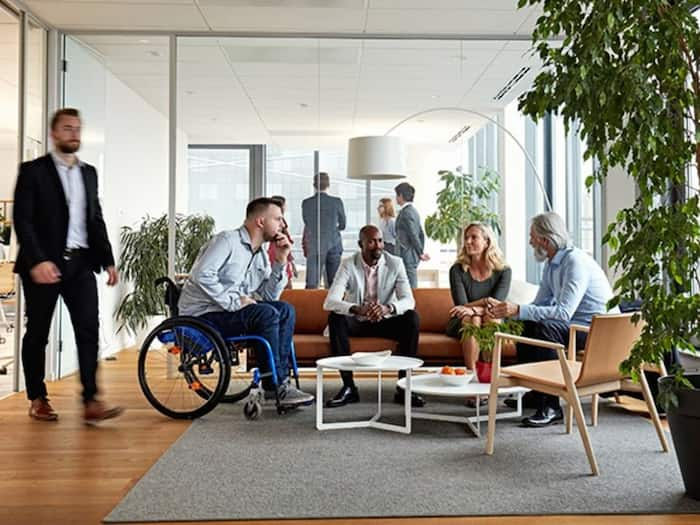
Written By Techlusive India
Published By: Techlusive India | Published: Jul 15, 2025, 01:15 PM (IST)

You know Google Workspace for Gmail and Google Docs, right? Most people do. But did you know you are putting yourself at a great disadvantage by treating these apps like separate tools? The real productivity kicks in when you connect all of Google’s ecosystem, i.e., Docs, Sheets, Drive, Meet, Calendar, and everything else, and create one easy-to-use workflow.
So, instead of working on five different apps, you get one tool that serves multiple purposes.
A Creative Project That Actually Works
Let me tell you something that I’ve seen working well. For instance, if you plan to launch a podcast using the Google ecosystem. This isn’t theory, you’ll know how the pieces fit together, actually.
Getting started means opening a Google Doc for your ideas and outlines of your podcast episodes. Share this doc with your team. They can access this doc and give their ideas in the form of comments and edits while you’ve gone to the next stage of thinking through the concept.
You can then create a timeline using Google Sheets that links directly to your Google Calendar events, like recording sessions, editing deadlines, and launch dates. Everything gets connected in one place, and all the necessary information is available in one setup.
Creating your content becomes easier when you set up a dedicated folder using Drive. All your data, from audio files and designs to meeting notes and other information, can be organized in subfolders in your Drive. Your Google Sheet becomes the central tracking point. Such that it can not only calculate the podcast publication dates but also remind you of the deadlines.
Working with clients, guests, and your team becomes seamless—schedule interviews through Calendar, which creates meeting links via Google Meet without you having to consider it. Share specific Drive folders so your clients can drop files directly where you need them. Use Google Forms to collect their information and talking points. The best thing about Forms is that all responses are automatically collected into Sheets.
Finally, tie up everything to a Google Sites page. This page will work as your podcast hub. Embed your Calendar so people can see upcoming episodes. You can track your analytics in Sheets, including social media engagement, and you can track user feedback from Forms.
Why This Actually Matters
Simply because they connect automatically and seamlessly without you having to force them together or download and install multiple software, just use your Gmail ID, and you are set.
Calendar events link to Drive folders. Sheets data feeds into Docs templates. Form responses get linked to Sheets. When someone leaves a comment in one place, everyone gets notified across the whole system.
The Google Drive becomes your project’s memory. Google Sheets becomes its brain. Google Calendar becomes the coordinator by keeping everyone on one page, while Google Meet becomes your right-hand man, making it easy to bring all stakeholders together remotely.
Connected Workflow
Create a mental map of what you’re doing. When do you switch between apps? What information are you feeding more than once? The answer to these will give you more opportunities to create an even more seamless and smooth experience.
First, start by connecting two apps, then start building from there.
You do not have to use each and every feature that Google offers. You know your project. So, use the Google ecosystem to create a system that works the way your brain does, where everything connects naturally, and you spend less time on clerical things and more time getting things done.
Google Workspace stops being a collection of separate apps and becomes something that actually helps you think and work better.